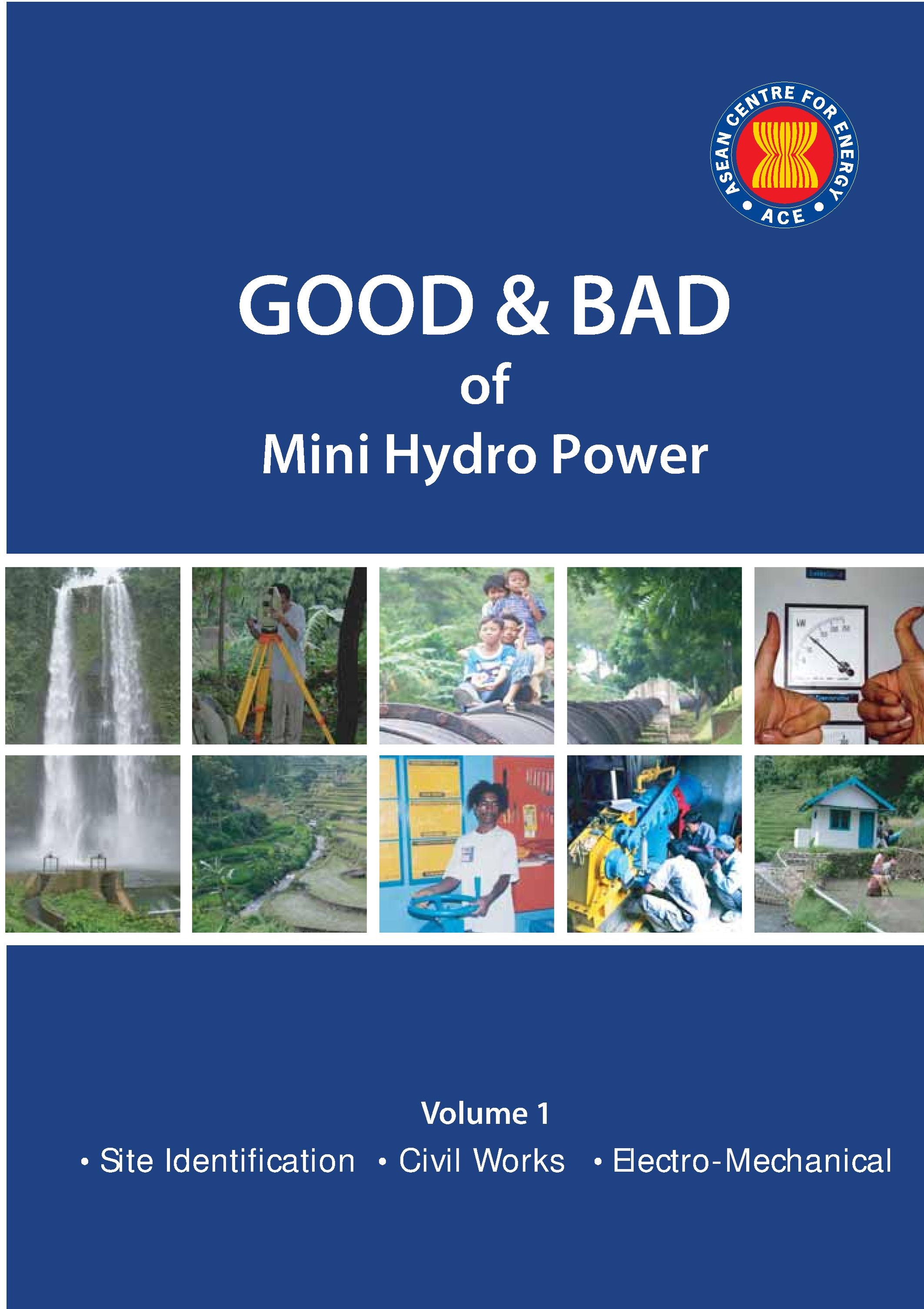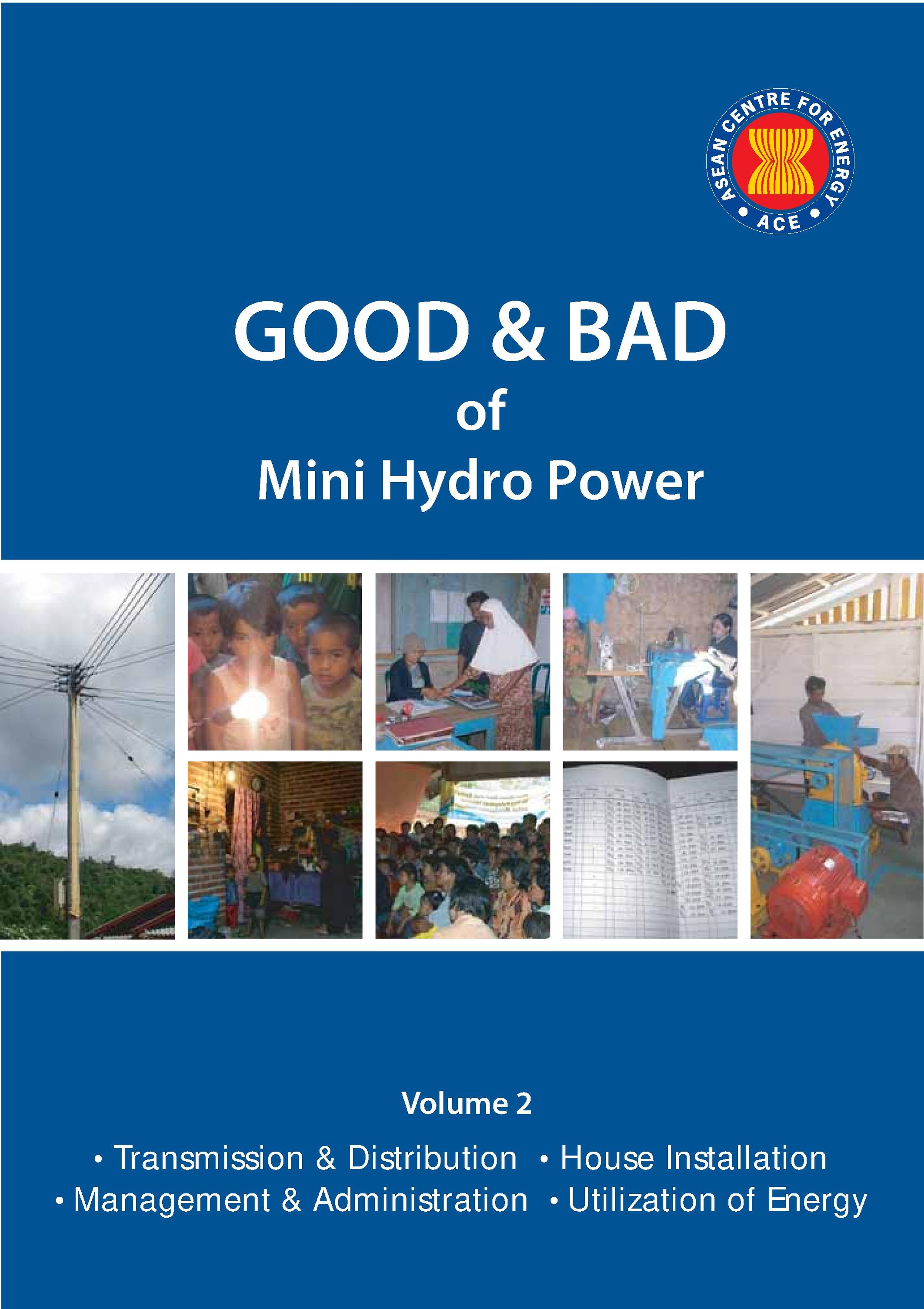Click here to register!
Difference between revisions of "Hydro - Local Production Capacity for Power Equipment, Tubes, Wiring etc."
***** (***** | *****) m |
***** (***** | *****) m |
||
| Line 1: | Line 1: | ||
| − | '''Local | + | = '''Local Production Capacity'''<br/> = |
| − | {| | + | {| border="1" cellpadding="1" cellspacing="1" width="550" |
|- | |- | ||
| − | | '''Country''' | + | | '''Country''' |
| − | | '''Turbine''' | + | | '''Turbine''' |
| − | | '''Load Controller''' | + | | '''Load Controller''' |
| − | | '''Site feasibility''' | + | | '''Site feasibility''' |
| − | | '''Construction planning''' | + | | '''Construction planning''' |
| '''Contact''' | | '''Contact''' | ||
|- | |- | ||
| − | | Indonesia | + | | Indonesia |
| − | | yes<br> | + | | yes<br/> |
| − | | yes<br> | + | | yes<br/> |
| − | | yes<br> | + | | yes<br/> |
| − | | yes<br> | + | | yes<br/> |
| − | | mhpp.org<br> | + | | mhpp.org<br/> |
|- | |- | ||
| − | | Ethiopia | + | | Ethiopia |
| − | | yes<br> | + | | yes<br/> |
| − | | -<br> | + | | -<br/> |
| − | | -<br> | + | | -<br/> |
| − | | -<br> | + | | -<br/> |
| AMES-E Awassa (gtz) | | AMES-E Awassa (gtz) | ||
|- | |- | ||
| − | | <br> | + | | <br/> |
| − | | <br> | + | | <br/> |
| − | | <br> | + | | <br/> |
| − | | <br> | + | | <br/> |
| − | | <br> | + | | <br/> |
| − | | <br> | + | | <br/> |
|- | |- | ||
| − | | <br> | + | | <br/> |
| − | | <br> | + | | <br/> |
| − | | <br> | + | | <br/> |
| − | | <br> | + | | <br/> |
| − | | <br> | + | | <br/> |
| − | | <br> | + | | <br/> |
|- | |- | ||
| − | | <br> | + | | <br/> |
| − | | <br> | + | | <br/> |
| − | | <br> | + | | <br/> |
| − | | <br> | + | | <br/> |
| − | | <br> | + | | <br/> |
| − | | <br> | + | | <br/> |
|} | |} | ||
| − | Manufacturers list -general- : [http://www.microhydropower.net/directory/manufacturers.php www.microhydropower.net/directory/manufacturers.php] | + | Manufacturers list -general- : [http://www.microhydropower.net/directory/manufacturers.php www.microhydropower.net/directory/manufacturers.php] |
| − | + | <span style="color:#008000"><please enter potential sources with contacts to your project></span> | |
| − | |||
| − | |||
| − | + | = '''Local Production Watch-outs'''<br/> = | |
| − | < | + | A lack of experience in planning can seriously endanger a projects success. After identifying potential sites, ensure at least experts crosscheck.<br/>Planning (site suitability, civil construction, equipment dimensioning) is crucial. Only personal with practical experience will get you locally adapted solutions. |
| − | <u> | + | <u>Site suitability:</u> often flow and head are over rated. Ensure flow measures are done in dry season to avoid long idle periods when water-flow is insufficient. Distance between mhp-site and consumer defines length of power line => a crucial cost factor especially at smaller sites. Potential power output is naturally restricted. |
| − | |||
| − | |||
| − | <br>& | + | <u>Civil construction: </u>civil engineers without PRACTICAL experience in "MINI hydro power" construction tend to overdo their planning. => too massive structures, too expensive. The terrain for mhp is usually remote (difficult quality control), steep, in danger of floods.<br/>Hardware may be not available locally. |
| + | |||
| + | |||
| + | |||
| + | <u>Local production of turbines</u> is not easy and requires experience/time, commitment and failure resistance (project wise). As smaller the turbines as easier is their creation in local workshops. As bigger and more costly the mhp-sites as more crucial becomes turbines efficiency. Turbines > 20 kW usually should be sophisticated machinery. | ||
| + | |||
| + | |||
| + | |||
| + | <u>Load-Controller</u> are usually electronic equipment. Their transport is not expensive. To prove its functionality and stability practically is a lengthy prosess. It's more likely to import them than to develop it locally. If a local mhp-market will exist the controller business will follow.<br/>Pipes and gates are not mhp-specific and their production may already exist within the project area. Trash-rack design should be done carefully. Its manufacturing can be done easily at local workshops. Flanges have to operate under pressure but may be produced in suitable workshops or are to be imported. Valves are usually precision manufacturing and require sophisticated manufacturing. | ||
| + | |||
| + | |||
| + | |||
| + | <u>Construction of civil structure</u> may be done by local manpower and/or local companies. Control is required. At Civil constructions the strength of foundations and the cement-ratio must be checked during implementation! | ||
| + | |||
| + | |||
| + | |||
| + | <u>Electrical Transmission</u> installation is straight forward. In most country such materials and installation know-how is available. | ||
| + | |||
| + | |||
| + | |||
| + | <u>Critical parts,</u> often done wrong are: Sand-trap, spillway/flushgate, trash rack. Ensure that production follows the design. Items which are costly and have no obvious function are most likely to be droped. E.g. safety features, foundations of constructions or correct cement ratio.<br/> <br/>[[File:Good and bad of mini hydro power vol.1.pdf|RTENOTITLE]] [[File:Good and bad of mini hydro power vol.2.pdf|RTENOTITLE]] | ||
| + | |||
| + | <br/>[https://energypedia.info/images/3/3b/Hydro_scout_guide_ET_may10.pdf mhp scoutbook - Valentin Schnitzer] | ||
[[Category:Hydro]] | [[Category:Hydro]] | ||
Revision as of 15:37, 21 June 2012
Local Production Capacity
| Country | Turbine | Load Controller | Site feasibility | Construction planning | Contact |
| Indonesia | yes |
yes |
yes |
yes |
mhpp.org |
| Ethiopia | yes |
- |
- |
- |
AMES-E Awassa (gtz) |
Manufacturers list -general- : www.microhydropower.net/directory/manufacturers.php
<please enter potential sources with contacts to your project>
Local Production Watch-outs
A lack of experience in planning can seriously endanger a projects success. After identifying potential sites, ensure at least experts crosscheck.
Planning (site suitability, civil construction, equipment dimensioning) is crucial. Only personal with practical experience will get you locally adapted solutions.
Site suitability: often flow and head are over rated. Ensure flow measures are done in dry season to avoid long idle periods when water-flow is insufficient. Distance between mhp-site and consumer defines length of power line => a crucial cost factor especially at smaller sites. Potential power output is naturally restricted.
Civil construction: civil engineers without PRACTICAL experience in "MINI hydro power" construction tend to overdo their planning. => too massive structures, too expensive. The terrain for mhp is usually remote (difficult quality control), steep, in danger of floods.
Hardware may be not available locally.
Local production of turbines is not easy and requires experience/time, commitment and failure resistance (project wise). As smaller the turbines as easier is their creation in local workshops. As bigger and more costly the mhp-sites as more crucial becomes turbines efficiency. Turbines > 20 kW usually should be sophisticated machinery.
Load-Controller are usually electronic equipment. Their transport is not expensive. To prove its functionality and stability practically is a lengthy prosess. It's more likely to import them than to develop it locally. If a local mhp-market will exist the controller business will follow.
Pipes and gates are not mhp-specific and their production may already exist within the project area. Trash-rack design should be done carefully. Its manufacturing can be done easily at local workshops. Flanges have to operate under pressure but may be produced in suitable workshops or are to be imported. Valves are usually precision manufacturing and require sophisticated manufacturing.
Construction of civil structure may be done by local manpower and/or local companies. Control is required. At Civil constructions the strength of foundations and the cement-ratio must be checked during implementation!
Electrical Transmission installation is straight forward. In most country such materials and installation know-how is available.
Critical parts, often done wrong are: Sand-trap, spillway/flushgate, trash rack. Ensure that production follows the design. Items which are costly and have no obvious function are most likely to be droped. E.g. safety features, foundations of constructions or correct cement ratio.





















